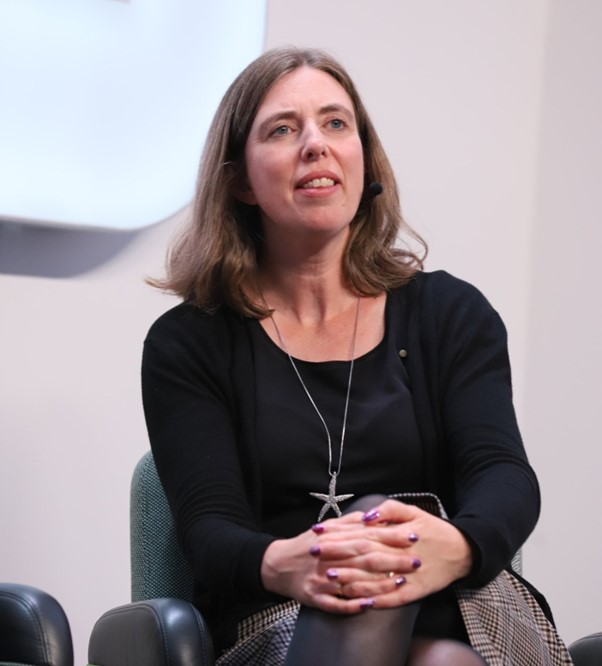Earlier this week I ran a lunch’n’learn session about the power of noticing kindness in the world around you. We talked about definitions of kindness, showed stories of kind actions we had seen and thought about how to take notice more often. At the end of the workshop the participants took turns to tell the rest of the group about an action they were taking away.
There are many reasons that I love these events that I run. At the top of the list is the opportunity to spend time discussing something which makes people smile. I know that the conversations we have (and the tips we learn) have a positive impact on people’s day. And in many cases on their lives too.
Benefits to individuals
So what happens when we take steps to ‘see kind’ – to notice kindness in the world around us more often? Here are some of the benefits I’ve come across and read about.
Makes you smile
In every session I run, as people share their stories of friends, family, colleagues and strangers being kind, I see their faces change. Even those who start out less interested or engaged demonstrate a positive upturn. And we all know that a smile is one of those things which spreads – from our own faces throughout the rest of our body and also to other people around us.
Inspires positivity and hope
Time and again people tell me that the stories we share on the Time for Kindness website and social media leave them feeling better. They enjoy hearing real, authentic examples that show actions taken and give a different perspective on the world and how people treat each other. When you see examples of kindness, it is an antidote to the bleakness of the news and instead inspires hope and positivity.
Dr Kathryn Buchannan from the University of Essex carried out a study to look at the effects of watching kindness alongside bad news. Participants were shown reports from major disasters and crime stories. Alongside this footage, some of them also saw footage about kind acts. Those who saw more balanced coverage reported fewer negative emotions and had a more positive view of the world as a whole.
Becomes a virtuous circle
I’m not a driver myself but friends tell me that once you decide to buy a red car, you see them everywhere on the roads. And it’s the same effect when you make a choice to look for kindness. The more you see, the more you notice. This way of looking at the world becomes reinforcing.
You feel more connected to others
Kindness has often been dismissed as weak or ‘fluffy’. But I disagree with this assessment. It is actually very powerful because it connects us. Kindness is active and carried out with positive intent. It shows what we have in common. And that creates connection.
Benefits to businesses
If your people are feeling positive and hopeful, they perform better. They are less easily overwhelmed or knocked off balance. This helps them to carry out their duties at work in a more effective way. They feel less stressed, they are more patient with colleagues, they find ways to connect rather than lash out.
If your leaders and managers feel more positive, they have more mental and emotional space to support their teams with the challenges they are facing. They walk the talk. They set the tone for a more positive, connected culture that genuinely values employee wellbeing.
A note about not toxic positivity
Toxic positivity is the term used to describe situations where there is pressure to only display positive emotions, with negative emotions being suppressed or denied. Learning the habits of noticing more kindness in the world should not be about toxic positivity.
Make no mistake, some days it is really hard to see kindness – for example, because there is less about or because you are struggling yourself. Pressuring yourself (or others) to ignore those down times is not healthy, but acknowledging that the negative stories and emotions are not the only story can be helpful.
Use what you see
When you are able to use noticing kindness as a tool in your own wellbeing toolbox, this has a powerful effect. You can bring the hope and positivity you feel into collective situations. You can share the stories of kindness that you have seen with your friends, family and colleagues. Often this will prompt them to share things they have noticed too.
If this is something that you enjoy, why not join our voluntary Kindness Ambassador community? Together we can rebalance the narrative we have about the world and grow the conversation about kindness.
What kindness have you noticed recently?
Photo by Sandra Seitamaa on Unsplash

Let's work together
Bring kindness to life with workshops, talks and other support that make a real difference — boosting wellbeing, improving performance and creating lasting positive change.
Find out how
